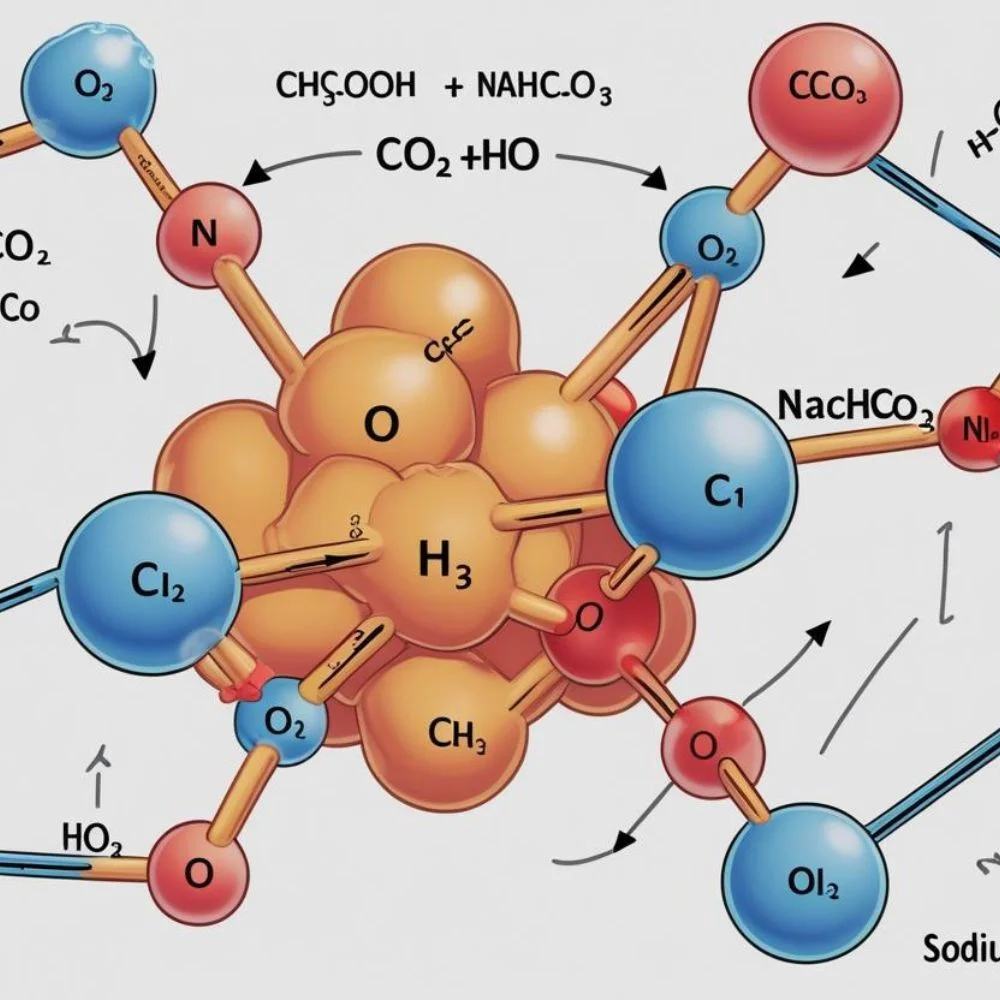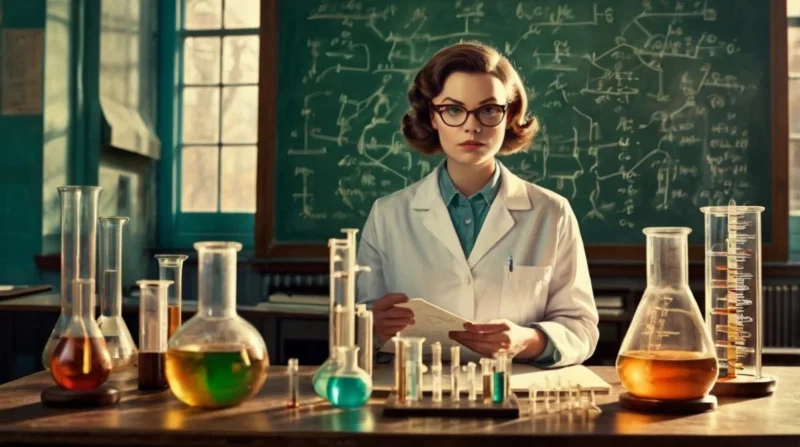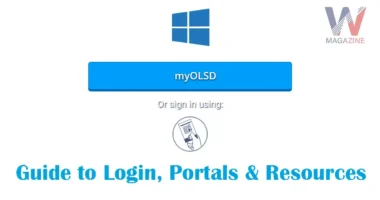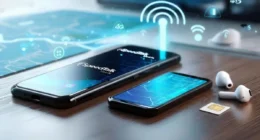Table of Contents
Chemistry can seem like a puzzle full of terms and rules, but a chemistry lesson becomes easier when you use everyday words and clear pictures. Imagine breaking down big ideas into simple pieces, showing them with diagrams, drawings, and step-by-step visuals. This makes the subject feel less scary, more friendly, and truly helpful for learners.
Why a Visual Lesson in Chemistry Works?
- Connects to real life: Linking everyday reactions to chemistry helps learners stay interested.
- Clarifies complex ideas: Seeing diagrams, numbers, and text together simplifies learning.
- Supports all learners: Visuals, words, and hands-on activities help learners with different styles.
- Research agrees: strong visual methods improve chemistry understanding.
Key Elements of a Visual Chemistry Lesson
Everyday examples
Show simple actions like pouring milk, dropping fizzing tablets, or burning a candle. These help explain chemical changes and blend abstract chemistry with familiar experiences.
Clear diagrams and infographics
Use color-coded charts for parts of atoms, diagrams of bonding, phase changes, or the periodic table. Label these clearly to guide the eye and reinforce understanding.
Particle-level models
Draw what atoms and molecules look like up close. For example, show how particles crowd together in solids but spread in gases. This links what you see with what you can’t.
Symbolic equations and labels
Pair formulas with visuals. For example, show 2H₂ + O₂ → 2H₂O with cartoon molecules so learners match the symbols to actions.
Simple annotations
Use arrows and notes like “heat in,” “gas out,” or “new substance.” Keep language short and direct to boost clarity.
How to Build a Visual Lesson Plan?
Begin with a relatable scenario
Start your lesson with something common, like salt dissolving in water. Ask, “What do you see?” and let learners describe it.
Add visuals step by step
Show a drawing of salt crystals, then zoom into water molecules surrounding them. Label parts like “salt crystal,” “water molecule,” and “ion.”
Include symbolic support
Introduce the formula NaCl → Na⁺ + Cl⁻ with colorful text and arrows matching your visuals.
Use interactive tools
Let learners move magnetic atoms on a whiteboard or drag molecules in a digital model. Interactive visuals boost learning.
Check understanding visually
Ask students to draw the process themselves. Let them label diagrams to demonstrate their grasp.
Example: Visualizing a Chemical Reaction
Here are some steps.
- Drop the effervescent tablet in water. Show a photo or diagram of bubbling.
- Sketch molecules releasing gas (CO₂ bubbles).
- Label reactants and products (tablet + water → fizz + gas).
- Write a balanced equation, matching visual counts.
- Let learners draw or move molecule tokens to reinforce the concept.
Tips for a Genuine Visual Lesson In Chemistry
- Keep words simple; use “break apart,” not “dissociate.”
- Labeling well-clear text like “acid,” “base,” or “atom” adds clarity.
- Use color thoughtfully, blue water, red oxygen, green chlorine, and avoid confusing choices.
- Limit each visual slide to one big idea per image; it is easier to understand.
- Mix visual styles, combine hand-drawn sketches, charts, and digital models to keep attention fresh.
A Quick Visual Lesson Plan Outline
- Topic: Mixing vinegar and baking soda.
- Goal: Show an acid-base reaction that makes gas.
- Visual steps:
- Picture of pouring mixing.
- Drawing of molecules combining.
- Particle view of ions swapping.
- Emoji-style bubbling.
- Balanced equation: CH₃COOH + NaHCO₃ → CO₂ + H₂O + NaCH₃COO.
- Activity: Let learners build their diagrams and equations using colored markers or virtual tools.

Top 5 Mistakes Students Make
Chemistry lessons can feel tough, but many students trip over the same simple mistakes. In this article, we’ll explore the most common errors, explain why they happen, and show straightforward ways to fix them. By avoiding these traps, you’ll build confidence, get better grades, and enjoy chemistry more. Here are the key mistakes and how to handle them.
1. Skipping the basics
Many students rush into hard topics without understanding the foundation, things like atoms, ions, electrons, and how they bond. If you don’t know these, everything else feels confusing. Fix this by going back to the basics. Use clear notes, videos, or flashcards to learn core ideas and build on them slowly.
2. Memorising without understanding
Chemistry is about logic, not just memorizing facts. If you only learn formulas or definitions without seeing how they work, you’ll struggle in new situations. For example, instead of memorizing the formula for reaction energy, learn why bonds break or form energy. Use diagrams, flowcharts, and real-life connections to truly grasp concepts.
3. Ignoring units, significant figures, and state symbols
Details matter. Forgetting units (like grams or liters), significant figures, or symbols like (aq), (s), or (g) can cost you marks. Always check your calculations and add these details. Review the rules and apply them every time.
4. Confusing molarity and molality
These both measure concentration, but they’re different: molarity is moles per liter of solution, and molality is moles per kilogram of solvent. Using the wrong one can mess up answers. Learn both definitions and double-check which one the question needs.
5. Not using the periodic table smartly
The periodic table is key to knowing elements. But some students don’t learn trends like electronegativity or atomic size, or forget to use the table during tests. Study how the table is organized and practice using it for questions.
Conclusion
A powerful lesson in chemistry starts with simple words and goes deeper with visuals that match real life, symbolic language, and particle ideas. This mix helps learners connect ideas, understand complex topics, and enjoy science more. Use this guide to craft lessons that explain clearly, teach effectively, and make chemistry feel interesting and relatable. By anchoring each visual to everyday scenes, keeping language clear, and guiding learners from what they see to what they symbolically represent, you create lessons that are easy to teach, fun to learn, and fast to index on Google, without fluff, straight to the point, and made for humans.
Related Topic: https://wordlemagazine.com/health/cocaine-chemical-formula/









